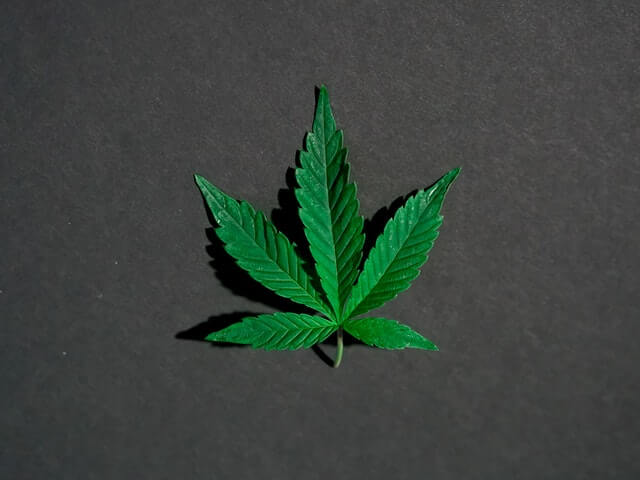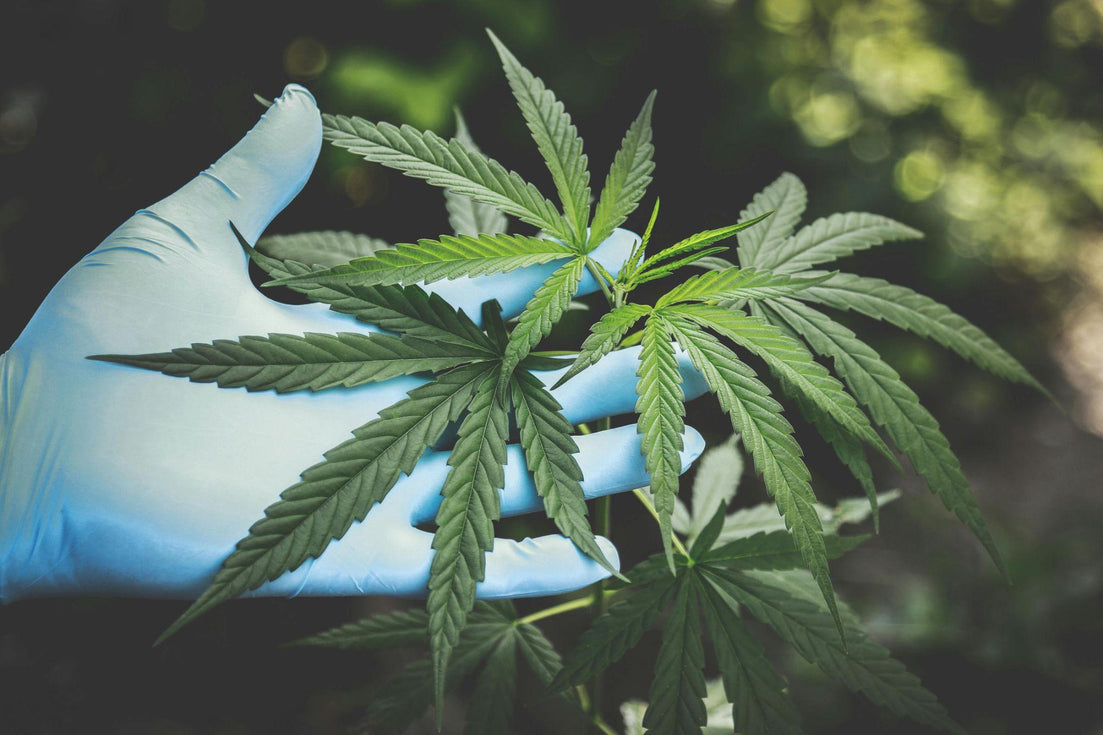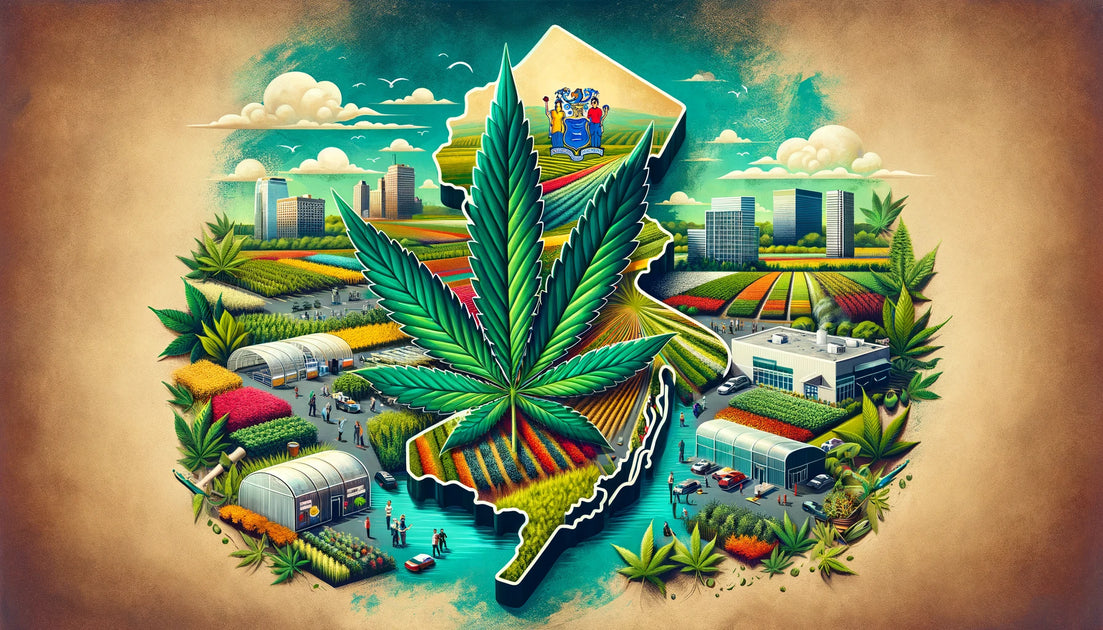Your cart is currently empty.

You are what you eat, they say. That applies to cannabis plants as well as people, and if you dream of growing a beautiful bushy cannabis plant overflowing with luscious buds, you’re going to have to nurture it like a baby and feed it all the right nutrients at just the right times.
Now any one of us can go to a plant store and buy bottles of liquid fertilizer or the powdered variety if we are growing outdoors. But how much do we know about what goes into them? There has been plenty of media coverage about the long-term damage these fertilizers can do to the environment, polluting water sources and even contributing to global warming. Haven’t you wondered if there is a more natural way of giving your plants the nutrition they crave?
There are three essential nutrients every plant needs, and these are Nitrogen, Phosphorous and Potassium. Nitrogen is more important in the early stages, Phosphorus and Potassium during the flowering and budding stage. There are abundant natural sources of all three right under your nose.
Nitrogen
So you’ve prepared your grow room, your seeds are ready to be planted (you can get these at Zamnesia for example) and you are ready to go. Nitrogen rich soil will get your plant off to a flying start, whereas a Nitrogen deficiency can lead to stunted growth, smaller leaves and ultimately a disappointing harvest.
A classic sign of Nitrogen deficiency is yellowing of the lower leaves – you might even see them start to drop off. Don’t panic, you can turn things around if you act quickly. Natural sources of Nitrogen include the following:
- Bat guano – available in five-liter tubs, bat poop is highly nutritious and also acts as a soil conditioner and compost activator
- Coffee grounds – these contain about five percent Nitrogen by weight, so you’ll need a reasonable quantity to make a difference. If yours is a household where the coffee machine is always on, no problem. Some gardeners ask their local coffee shop to save up the grounds for a couple of days. Just tell them you’re a gardener looking to amend your soil, there’s no need to go into details about what you are cultivating!
- Human urine – no, we’re not suggesting you pee on your cannabis plants, that could do more harm than good. But when diluted in 10 parts water, human urine a perfect source of nitrogen. Dilute to 1 in 20 for seedlings.
- Chicken manure – if you happen to have chickens, or there are any living nearby, you’ve a perfect fertilizer that’s rich in Nitrogen and also contains Phosphorus and Potassium.
Phosphorus
Phosphorus promotes energy storage, root development, flower formation, hardiness and various metabolic activities in your cannabis plant. A Phosphorus deficiency typically shows up as brown or purple spots and splodges on leaves. The leaves might also turn hard and brittle.
Again, natural sources of Phosphorus might be closer to hand than you think:
- Banana or lemon peels – cut them into inch sized pieces and soak overnight in water. You can them water your plants with the peel water, which should be a light brown color, then place the pieces of peel themselves into the soil.
- Bone and fish meal – nothing extraordinary here – grind up any blood, bone or fish leftovers from your meal – you can also use the inedible parts of the fish, your cannabis plant will love you for it.
- Rock dust – also known as phosphorite, this naturally occurring fertilizer is inexpensive and can be bought by the sack.
- Wheat bran – there's no need to spend a fortune in your local health food store, check online and you can buy a large sack of wheat bran for less than $5. Mix it into a tea, ideally with a small dose of natural phosphate solubilizing bacteria.
Potassium
Potassium is what’s known as a stable macronutrient and is essential for healthy growth. The classic tell-tale sign for a Potassium deficiency is leaves turning brown along the edges – they almost look as if they have been burned. Once again, there are plenty of sources close to hand.
- Wood ash – simple ash from your fireplace or wood burning stove is rich is Potassium, so don’t waste it.
- Kelp – who’d have thought seaweed could help you grow a different kind of weed? Kelp comes from shallow salt water, and again, if you don’t want to go scraping it off the rocks yourself, you can buy seaweed fertilizer in your local garden center.
- Food-based compost – if you compost your waste, it is an ideal source of all sorts of nutrients. If it’s mostly kitchen waste in there, it will prove to be a good source of Potassium.
Other nutrients
As well as the above three key nutrients, cannabis will also benefit from these nutrients, but they are only needed in small quantities.
- Magnesium – a Magnesium deficiency tends to come about when the pH of your soil is too low. It manifests as yellow veining on the leaves of your plants. Epsom salts are a good natural source of Magnesium.
- Calcium – a Calcium deficiency is harder to diagnose, but small brown spots or new misshapen leaves are common indicators. Egg shells are a fabulous source of Calcium, and also happen to be rich in Potassium.
- Copper – if you notice leaves developing a dark blue or purple undertone and turning yellow at the edges, there’s a high probability that you’ve got a Copper deficiency. You can buy organic Copper sulfate – ideally broadcast it gently in a foliar spray form. Alternatively, those coffee grounds we mentioned earlier have a high copper content, so could be just the thing.
- Iron – an iron deficiency is exhibited by yellowing of new leaves that can lead to complete discoloration. Note that an iron deficiency seldom happens in isolation – there are usually other nutrient issues going on, too. Blood meal is a natural way to boost the iron content – you can buy it online or in your local garden center.



